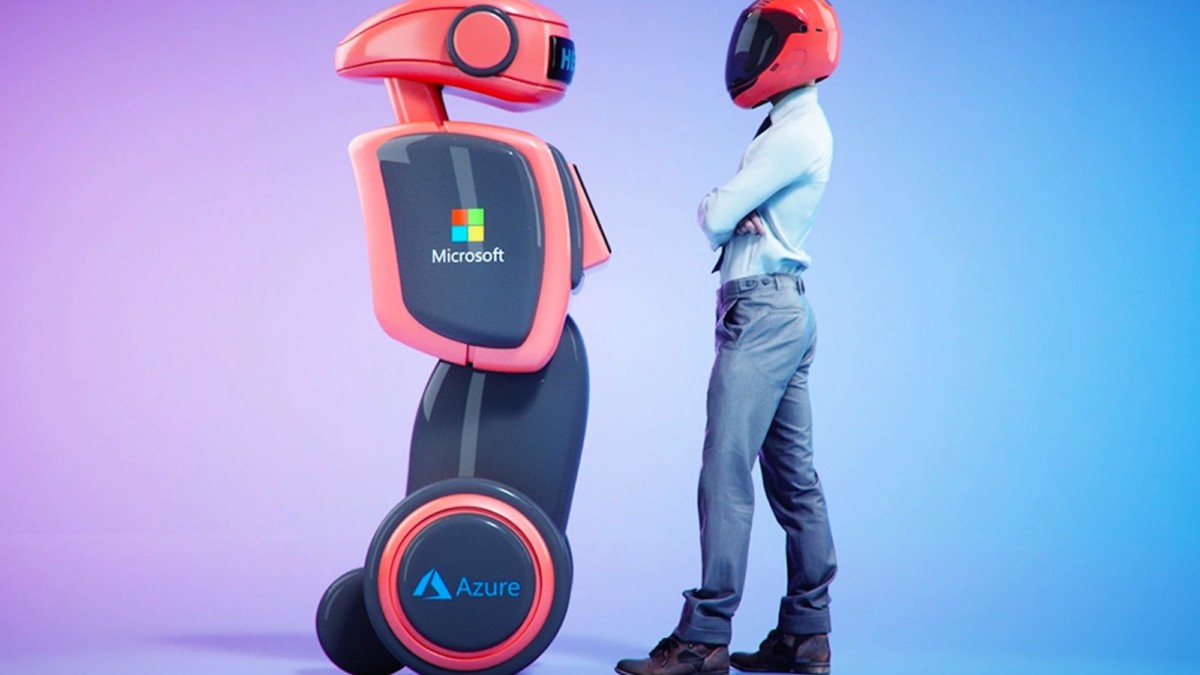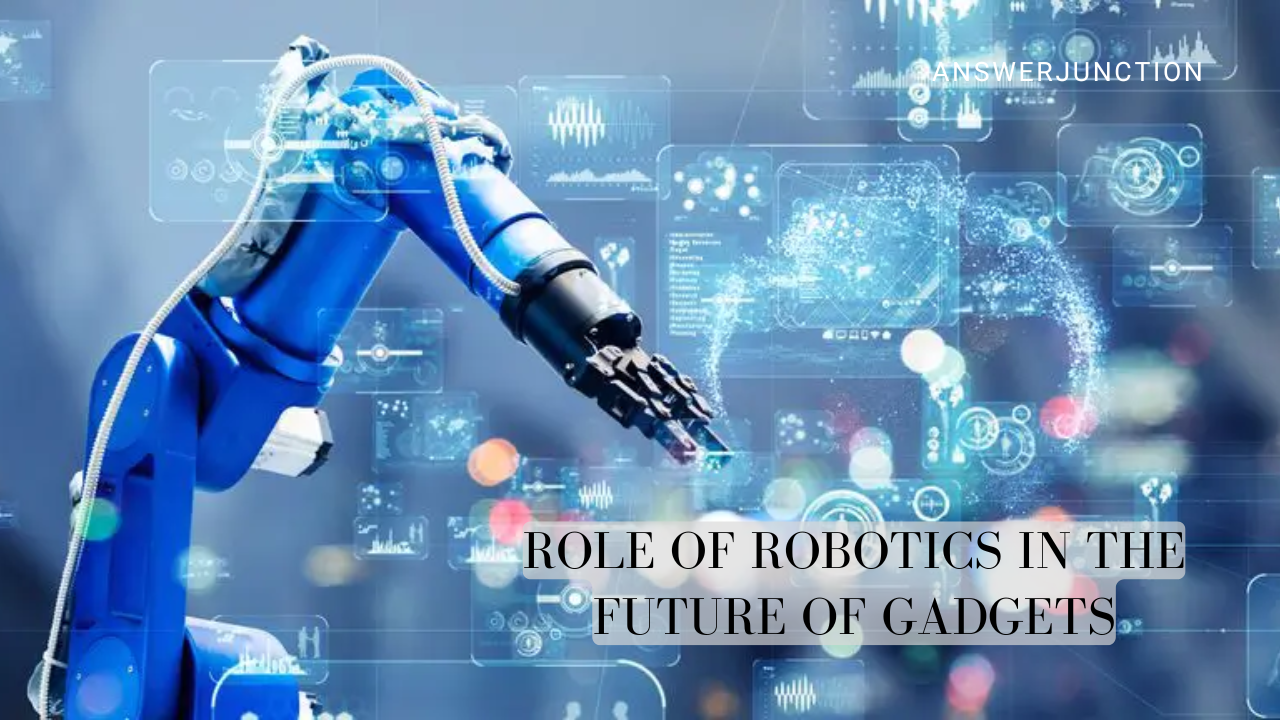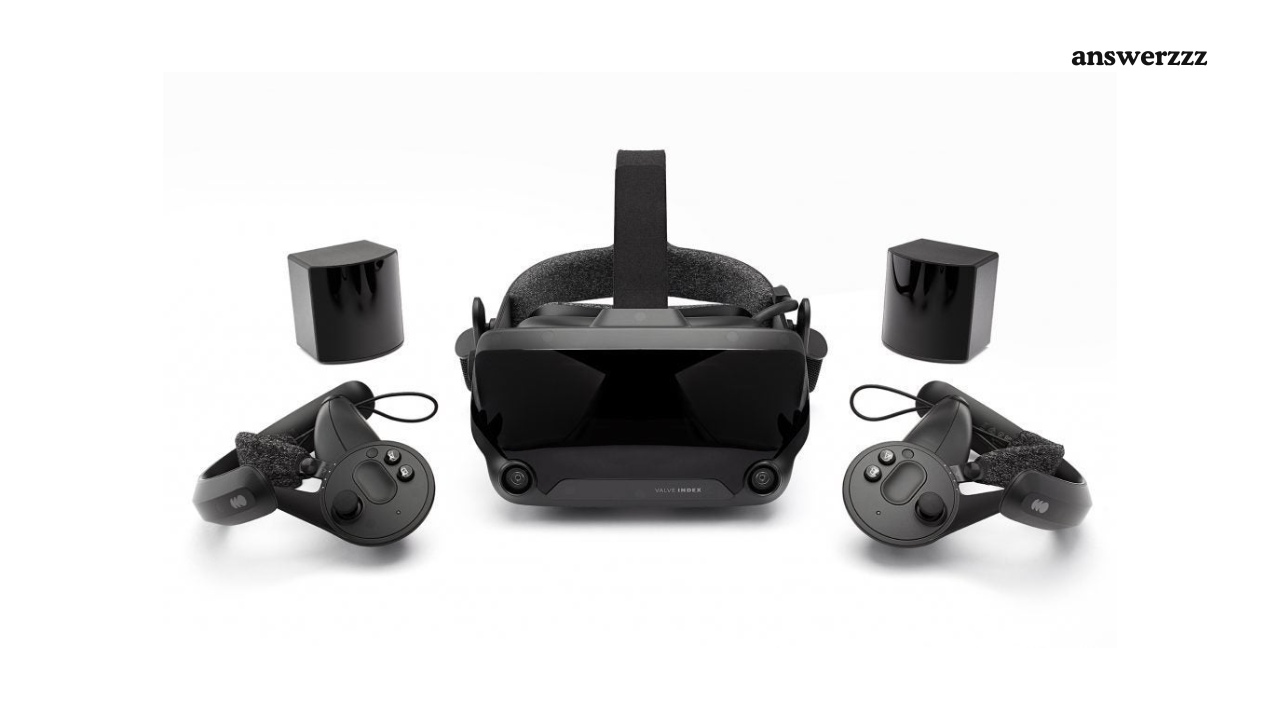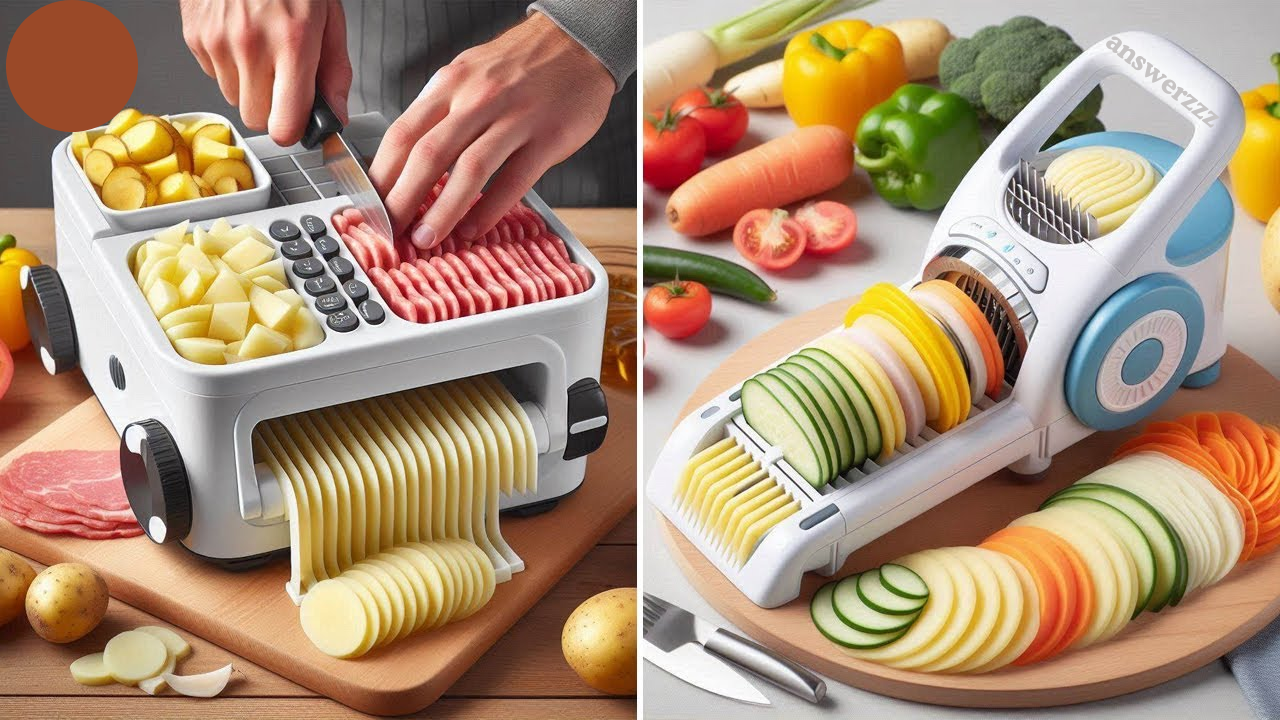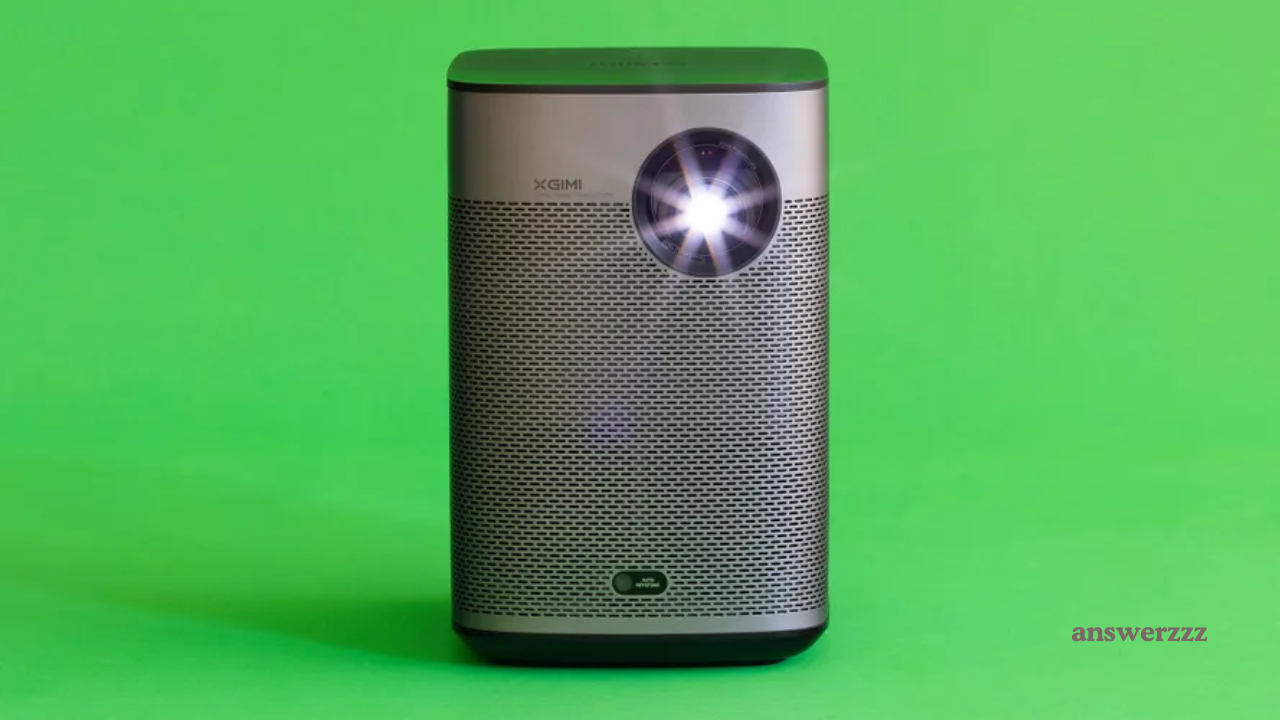The integration of robotics into everyday gadgets is transforming the way we live, work, and interact with technology. As we look towards the future, the role of robotics in gadgets promises to enhance functionality, improve efficiency, and enrich user experiences. From smart home devices to autonomous drones, the applications of robotics in gadgets are vast and varied. This article explores how robotics is reshaping the future of gadgets, examining the latest advancements, potential impacts on various industries, and the challenges that lie ahead.
Understanding Robotics in Gadgets
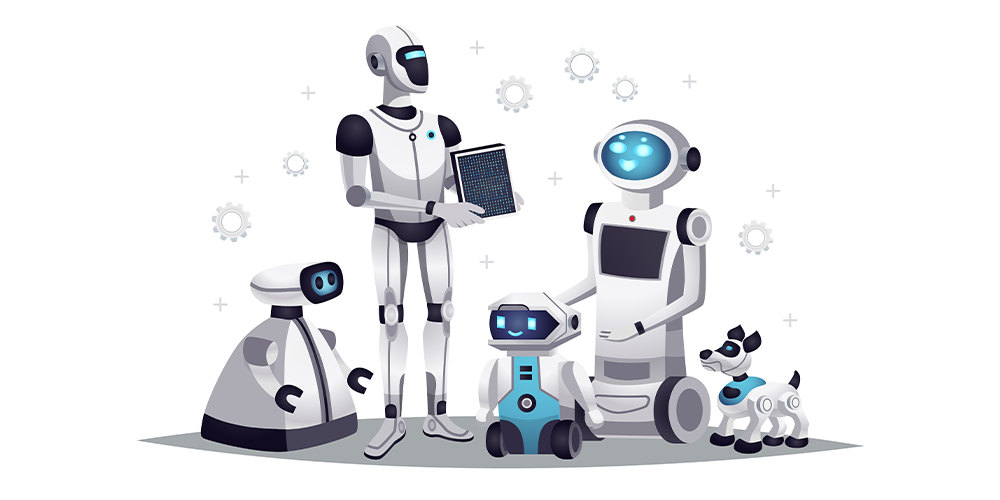
Robotics involves the design, construction, and use of robots to perform tasks traditionally done by humans or to enhance human capabilities. In the realm of gadgets, robotics serves as a backbone for automation, enabling devices to operate independently or semi-autonomously. Gadgets equipped with robotic technology can collect data, perform complex tasks, and adapt to their environments, making them more intelligent and efficient.
The role of robotics in gadgets extends beyond mere automation; it incorporates artificial intelligence (AI), machine learning, and Internet of Things (IoT) technologies. This integration allows gadgets to learn from user interactions, optimize performance, and improve over time, leading to a more personalized experience.
The Rise of Smart Home Gadgets
One of the most significant impacts of robotics in the gadget industry is the rise of smart home devices. Smart home gadgets, such as robotic vacuum cleaners, smart thermostats, and automated lighting systems, utilize robotic technologies to enhance convenience and efficiency in daily life.
Robotic Vacuum Cleaners
Robotic vacuum cleaners, like the Roomba, have revolutionized household cleaning. These devices use sensors and advanced algorithms to navigate homes, avoiding obstacles while efficiently cleaning floors. The integration of AI allows these gadgets to learn the layout of a home, optimizing cleaning routes and schedules based on user preferences. As robotic vacuum technology continues to evolve, we can expect improved suction power, better obstacle avoidance, and enhanced connectivity with other smart home devices.
Smart Thermostats
Smart thermostats, such as the Nest Learning Thermostat, leverage robotics and machine learning to optimize energy usage in homes. These devices learn user habits and preferences, adjusting temperatures accordingly to maximize comfort and minimize energy consumption. By analyzing data over time, smart thermostats can make informed decisions about heating and cooling, contributing to energy savings and a reduced carbon footprint.
Automated Lighting Systems
Automated lighting systems are another area where robotics is making a significant impact. These systems can adjust lighting based on occupancy, time of day, or even user preferences. By integrating sensors and AI, automated lighting can enhance security, reduce energy costs, and improve the overall ambience of a home. Future advancements may lead to even more sophisticated systems that respond to mood, activity, or even the presence of natural light.
Robotics in Wearable Gadgets
Wearable technology is another exciting area where robotics is playing a pivotal role. From fitness trackers to smartwatches, wearable gadgets are becoming increasingly intelligent and responsive.

Fitness Trackers
Fitness trackers equipped with robotic technology can monitor various health metrics, including heart rate, sleep patterns, and physical activity levels. These devices use sensors and algorithms to provide real-time feedback, helping users make informed decisions about their health. As technology advances, we can expect wearables to incorporate more sophisticated features, such as personalized coaching and advanced biometric monitoring.
Smartwatches
Smartwatches are evolving into powerful mini-computers that integrate various functionalities, including communication, health monitoring, and navigation. Robotics plays a crucial role in enhancing these features, enabling smartwatches to provide real-time updates and alerts. Future advancements may lead to an even more seamless integration of AI and robotics, allowing smartwatches to anticipate user needs and offer proactive solutions.
The Future of Autonomous Gadgets
Autonomous gadgets represent the cutting edge of robotics technology. Drones, self-driving cars, and robotic delivery systems are poised to change the way we interact with our environment and conduct business.
Drones
Drones are one of the most visible examples of robotics in action. Initially used for military purposes, drones have found applications in various industries, including agriculture, logistics, and entertainment. As drone technology continues to evolve, we can expect advancements in navigation systems, payload capacity, and battery life, making them even more versatile and efficient.
In agriculture, drones are used for crop monitoring, precision spraying, and data collection, enhancing efficiency and sustainability. In logistics, companies like Amazon are exploring drone delivery services to expedite shipping and reduce costs. As regulatory frameworks adapt to accommodate drone technology, we may see a significant shift in how goods and services are delivered.
Self-Driving Cars
Self-driving cars represent one of the most ambitious applications of robotics. These vehicles use a combination of sensors, cameras, and AI algorithms to navigate roads without human intervention. Companies like Tesla, Waymo, and Uber are at the forefront of developing autonomous vehicle technology, aiming to revolutionize transportation.
The benefits of self-driving cars include increased safety, reduced traffic congestion, and enhanced mobility for individuals unable to drive. As the technology matures, we can anticipate widespread adoption, leading to significant changes in urban planning, public transportation, and personal travel.
Robotic Delivery Systems
Robotic delivery systems are gaining traction as a means of improving last-mile delivery efficiency. Companies are developing autonomous robots that can navigate urban environments to deliver packages directly to consumers. These systems promise to reduce delivery times, lower costs, and minimize the environmental impact of transportation.
As technology advances, we can expect robotic delivery systems to become more sophisticated, capable of navigating complex environments and adapting to real-time conditions. This innovation could redefine the logistics landscape, offering consumers faster and more convenient delivery options.
The Impact on Industries
The integration of robotics into gadgets is not limited to consumer products; it is also transforming various industries, including healthcare, manufacturing, and retail.
Healthcare
In healthcare, robotics is enhancing patient care and improving operational efficiency. Surgical robots, for example, enable minimally invasive procedures with greater precision, resulting in faster recovery times and reduced complications. Telepresence robots allow healthcare professionals to remotely diagnose and treat patients, increasing access to medical care, particularly in rural areas.
Moreover, robotic systems are being used for medication management, patient monitoring, and rehabilitation. As the healthcare industry continues to embrace robotics, we can expect improved patient outcomes and more efficient healthcare delivery.
Manufacturing
Robotics has long been a staple in manufacturing, with industrial robots performing tasks such as assembly, welding, and painting. The future of robotics in manufacturing lies in collaborative robots, or cobots, which work alongside human workers to enhance productivity and safety.
Cobots are designed to be easily programmable and adaptable, allowing manufacturers to respond quickly to changing demands. As these technologies evolve, we can expect increased automation, reduced labour costs, and improved product quality.
Retail
The retail industry is also experiencing the impact of robotics through the use of automated checkout systems, inventory management robots, and personalized shopping assistants. Automated checkout systems streamline the payment process, reducing wait times for customers. Inventory management robots help retailers maintain optimal stock levels and improve supply chain efficiency.
As retailers continue to adopt robotic technologies, we can anticipate enhanced customer experiences, improved operational efficiency, and increased competitiveness in the market.
Challenges and Considerations

While the role of robotics in the future of gadgets is promising, several challenges and considerations must be addressed.
Ethical Concerns
The integration of robotics into everyday life raises ethical questions regarding privacy, security, and job displacement. As gadgets become more intelligent and connected, concerns about data security and surveillance grow. Companies must prioritize user privacy and implement robust security measures to protect sensitive information.
Job Displacement
The rise of automation and robotics may lead to job displacement in various sectors. While robotics can enhance efficiency and productivity, it also poses a challenge for the workforce. Policymakers, businesses, and educational institutions must work together to address potential job losses and invest in retraining programs to prepare workers for new roles in an increasingly automated economy.
Regulatory Challenges
The rapid advancement of robotics technology outpaces regulatory frameworks, creating challenges for policymakers. Ensuring the safety, accountability, and ethical use of robotics in gadgets is essential for fostering public trust and acceptance. Regulatory bodies must adapt to the evolving landscape, balancing innovation with the need for oversight.
The role of robotics in the future of gadgets is a catalyst for innovation, efficiency, and enhanced user experiences. From smart home devices to autonomous drones, robotics is reshaping the way we interact with technology and each other. As industries embrace robotics, we can anticipate significant changes in healthcare, manufacturing, and retail.
However, the journey towards a robotics-driven future is not without challenges. Ethical considerations, job displacement, and regulatory hurdles must be addressed to ensure a smooth transition. By fostering collaboration between stakeholders and prioritizing responsible innovation, we can harness the full potential of robotics to improve our lives and drive progress in the gadget industry.
The future is bright for robotics in gadgets, and as technology continues to advance, we can expect to see even more groundbreaking developments that will redefine our relationship with technology.
